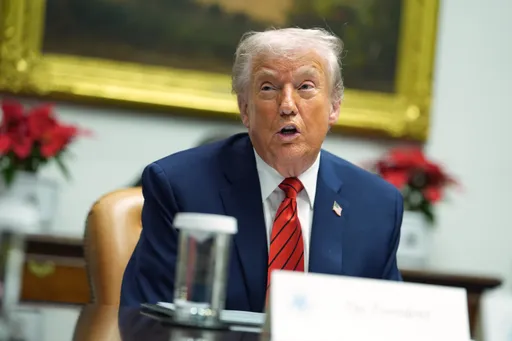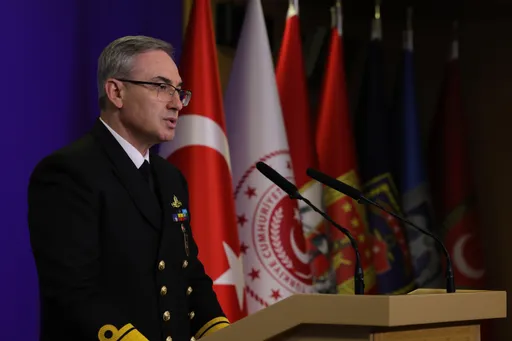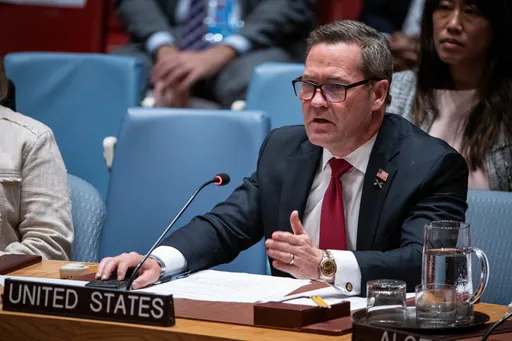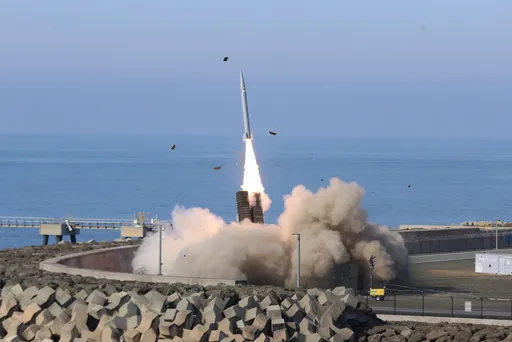For over a year, a fully-fledged war has been raging in one of the poorest countries in the Arabian Peninsula, tucked under oil-rich Saudi Arabia – Yemen.
A coalition of seven Gulf states led by the Saudis has been bombing the country's capital, Sanaa. The air strikes are aimed at pushing out the Houthi rebel forces that expelled Yemen's Saudi-backed government in January 2015.
The Saudi-led campaign has not achieved much. The Houthis are now marching towards the southern city of Taiz, putting them close to the largest port city, Aden. After the fall of Sanaa, the Saudi-backed government relocated to the city and is currently based there.
About 8,000 people have been killed and nearly 50,000 more have been injured so far in the conflict in Yemen, according to the United Nations.
This war is complex. There are three driving forces behind the conflict: the Houthis, the Arab Spring, and Saudi-Iran relations.
The Houthis' decades-long insurgency
Affiliated with Islam's Shia sect, the Houthis maintain a stronghold in the northern province of Sadaa. They are the followers of the Zaidi doctrine, which differs from the beliefs of Shias in Iran. For this reason, they say that they are not pursuing Iran's agenda in the region.
For decades the Houthis have accused the Yemeni government of failing to adequately buildbasic infrastructure to provide water and electricity. They also accuse the government of threatening the future of Zaidism by imposing the Saudi-sponsored Wahhabi doctrine in Sadaa.
As Yemen's national census does not identify people's ethnicity or sect, it's hard to estimate the presence of Houthis in the country's population of 24 million.
In 2004, followers of the movement started a deadly armed insurgency, saying they were being treated as second class citizens by the government.
The Arab Spring divides the military and bolsters the insurgency
In the run-up to the Arab Spring in 2011, Ali Abdullah Saleh – who was Yemen's president and a strong ally of Saudi Arabia – angered his top military general Ali Mohsen al Ahmar after it seemed he would try to hand the presidency over to his son. This caused a major split within the Yemeni military establishment.
Public anger with corruption, cronyism, and unemployment was at a tipping point. According to an expert panel at the United Nations, Saleh had illicitly amassed up to $60 billion. Yemeni youth poured onto the streets, seeking an end to Saleh's three-decade-long rule.
Ali Mohsen, who has strong ties with tribes around the capital, sided with the protesters, giving their movement a major boost.
Saleh eventually stepped down from the presidency, but continued to exert a strong influence over the country's air force. A quarter of the national army, headed by generals who belong to the same tribe as Saleh – the Hashid – offered him their allegiance, leaving a massive hole in the country's security establishment.
Saudi loses an old friend
Saleh, a president loyal to the Saudi Kingdom for over thirty years, became a renegade. In September 2015, his forces helped the Houthis to capture Sanaa and put Abdrabbuh Mansour Hadi, the new president of Yemen, under house arrest.
Six months later Hadi escaped from detention and moved to the port city of Aden. With the support of Mohsen, he declared Aden as Yemen's new capital.
But the Houthis and Saleh were not yet finished. Saleh-controlled fighter jets struck Hadi's palace in Aden, but the president escaped unharmed. Shortly afterwards, Saudi Arabia declared war against the Houthi insurgency.
Baraa Shiban, a Yemeni human rights activist, told TRT World that the Saudi kingdom was keen on negotiating with the Houthi rebels for about six months after the capture of Sanaa.
"It didn't work out," he said.
The Houthis, Shiban explained, took a combative stance towards the Saudis.
For the first time in Yemen's recent history Saudi's control over Sana's economy seemed on the wane as the rebels opened up the economy to Iran and its allies, especially Russia and China.
And then, they carried out military drills on the Saudi border in March 2015.
This all led the kingdom to perceive the Houthis as an extension of Iran's growing power in the region.
Is Iran really involved in the conflict?
US Secretary of State John Kerry has accused Iran of providing military assistance to the Houthis, a charge Tehran has denied.
"There are obviously supplies that have been coming from Iran," Kerry told PBS News Hour, an American news organisation, in April.
"There are a number of flights every single week that have been flying in, and we trace those flights, and we know this."
Since January 2013, either US Marines or the Saudi-led coalition have seized several shipments of arms and munitions allegedly sent by Iran to fuel the Houthi rebellion.
Who's fighting who?
The Houthis and Saleh's military loyalists are fighting the Saudi-backed government.
The conflict has also led to the emergence of several dozen local militias who either fight for or against the Houthis. These militias are made up of youths who participated in the Arab Spring protests.
And then, Al Qaeda in the Arabian Peninsula is fighting everyone and trying to regain access to the southern frontier.
As the war goes on, the conflict appears to be getting more complicated, as regional and international players compete for influence.
Author: Mehboob Jeelani
























